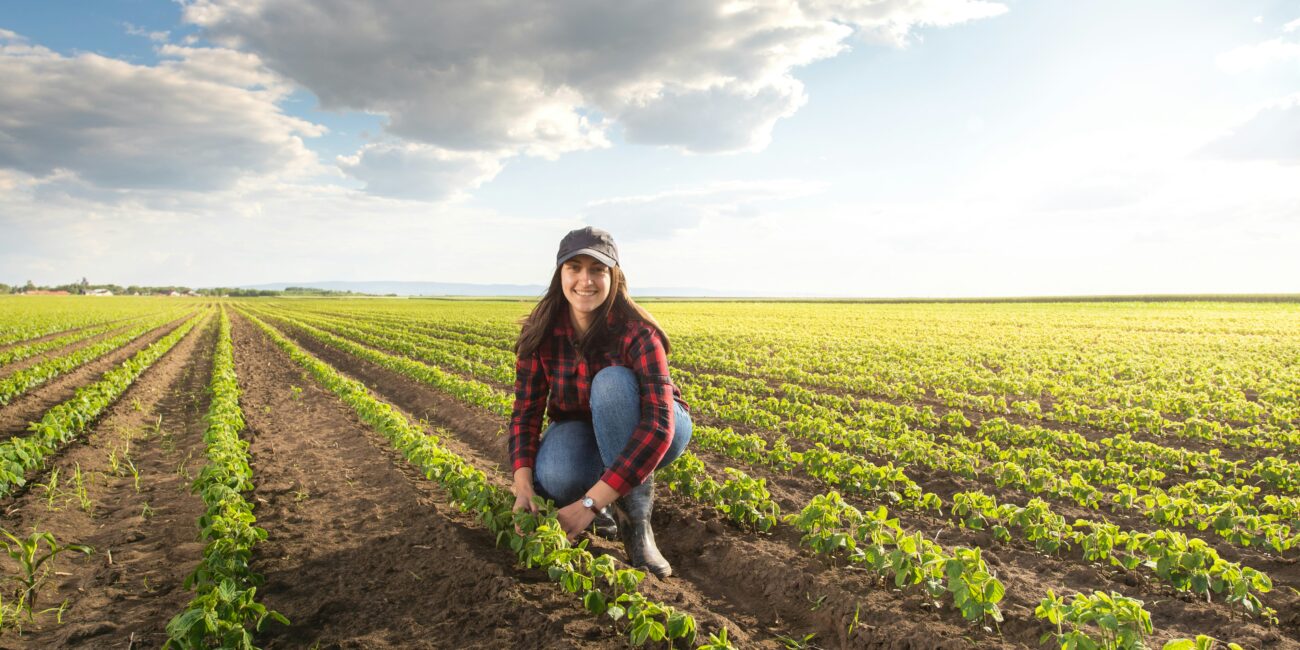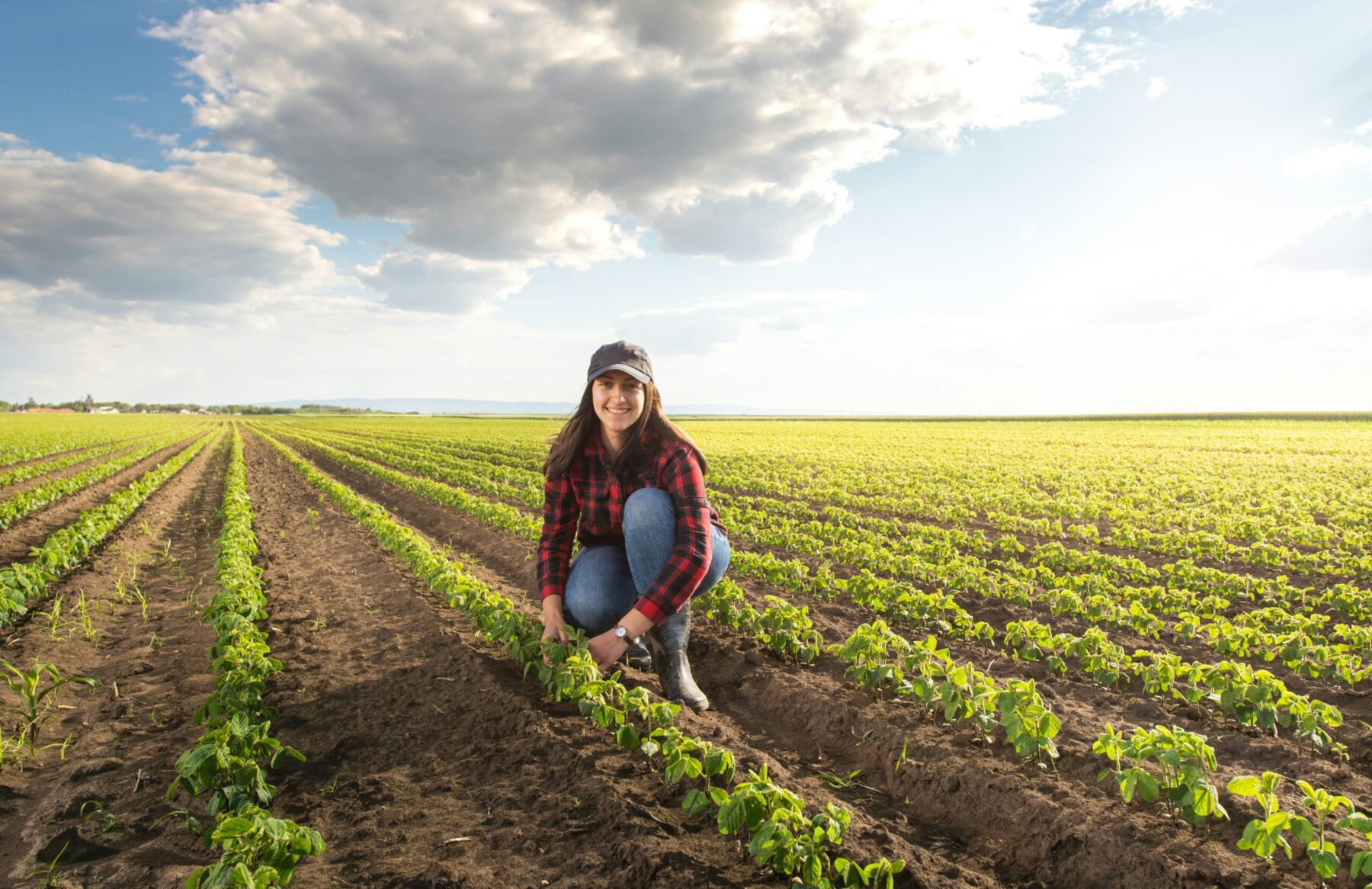Sustainable agriculture is essential for ensuring global food security, preserving natural resources, and combating climate change. While women have historically played a crucial role in food production, their contributions often go unrecognized. Women make up 43% of the global agricultural workforce, yet they own less than 20% of farmland and receive only 10% of agricultural credit (Food and Agriculture Organization, 2023).
As climate change threatens crop yields and soil health, sustainable farming practices—such as organic agriculture, regenerative farming, and agroforestry—are becoming critical. Women are increasingly leading efforts to make agriculture more efficient, climate-resilient, and environmentally friendly. However, gender disparities in land ownership, resources, and education continue to limit their full participation in shaping the future of sustainable agriculture.
Why Women Matter in Sustainable Agriculture
Women are at the forefront of innovative agricultural techniques, biodiversity conservation, and rural community development. Increasing female participation in sustainable farming benefits not only local economies but also global food systems.
Food Security and Nutrition: Women are responsible for 50-80% of food production in developing countries and play a key role in household nutrition and food distribution (World Bank, 2023).
Climate-Resilient Farming: Women adopt sustainable farming techniques at higher rates than men, including crop diversification, organic farming, and soil conservation (International Food Policy Research Institute, 2023).
Community Development: Women-led agricultural cooperatives and rural enterprises create stronger local economies and more resilient food supply chains.
Despite their significant role, women in agriculture continue to face barriers that limit their access to land, financial resources, and technology.
Barriers Preventing Women from Advancing in Sustainable Agriculture
Limited Land Ownership and Property Rights
Access to land is one of the biggest challenges facing women in agriculture. According to the United Nations Development Programme (2023):
Less than 20% of agricultural land worldwide is owned by women, despite their heavy involvement in farming.
Legal and cultural restrictions in many countries prevent women from inheriting or purchasing farmland.
Women farmers are often forced to work on small, less fertile plots, limiting productivity and income potential.
Increasing land tenure rights and policy reforms would allow women to invest in sustainable farming techniques and increase agricultural yields.
Lack of Access to Resources and Financing
Women in agriculture struggle to secure loans, farming equipment, and modern technology due to discriminatory lending practices and lack of collateral. The Food and Agriculture Organization (2023) reports that:
Women receive less than 10% of agricultural credit, limiting their ability to invest in sustainable farming methods.
Access to irrigation, fertilizers, and high-yield seeds is lower among female farmers, affecting crop production.
Financial literacy programs for women are underfunded, reducing their ability to manage farms as profitable enterprises.
Providing women with equal access to credit, technology, and agricultural training could increase global food production by 30%, significantly reducing hunger and poverty.
Limited Representation in Agricultural Leadership and Policy-Making
Women remain underrepresented in agricultural cooperatives, research institutions, and government policies, leading to a lack of focus on gender-inclusive agricultural development.
Less than 15% of agricultural extension services worldwide are directed at women (World Economic Forum, 2023).
Few female policymakers and agribusiness leaders are involved in shaping national and international agricultural policies.
Women’s voices are often excluded from climate change adaptation discussions, despite their critical role in developing resilient farming systems.
Encouraging women’s leadership in agricultural policy and rural development initiatives ensures that farming strategies align with sustainability and gender equity goals.
How Women Are Transforming Sustainable Agriculture
Leading Regenerative and Climate-Smart Farming Practices
Women farmers are pioneers in climate-smart agricultural techniques that reduce environmental impact and improve resilience to extreme weather.
Agroforestry and Permaculture: Women in Africa and Latin America are increasing tree-based farming to improve soil health and reduce carbon emissions.
Organic and Pesticide-Free Farming: Female-led farms adopt organic practices at higher rates, improving food quality and biodiversity.
Water Conservation and Irrigation Management: Women in South Asia are implementing low-cost drip irrigation systems to optimize water usage.
By scaling these initiatives, women can help create a more sustainable and climate-resilient food system.
Strengthening Women’s Agricultural Cooperatives and Entrepreneurship
Female-led farming cooperatives and agribusinesses are helping rural communities become more self-sufficient and economically stable.
Women-run seed banks in India preserve traditional crop varieties, protecting biodiversity.
Fair-trade coffee and cacao cooperatives in Latin America provide women farmers with direct access to global markets.
Microfinance programs for women entrepreneurs support small-scale sustainable farms and food processing businesses.
Investing in female agricultural leadership creates stronger rural economies and fairer global food systems.
Expanding Education and Training for Women in Agriculture
Knowledge-sharing initiatives help women gain technical skills in sustainable farming, agribusiness management, and environmental conservation.
STEM programs in agriculture are increasing female participation in agri-tech innovation and climate science.
Community-led training workshops teach women how to improve soil health, reduce food waste, and practice sustainable livestock farming.
Access to mobile technology and digital finance platforms is enabling women to manage farms more efficiently.
Providing education and digital tools to women in agriculture is key to increasing productivity and environmental sustainability.
The Future of Women in Sustainable Agriculture
Women are essential to the future of global food production and environmental sustainability. By increasing their access to land, resources, technology, and leadership opportunities, the agricultural sector can become more resilient, efficient, and equitable.
A female farmer from Florida described the shift in agriculture best:
“Women are not just growing food. We are rebuilding ecosystems, protecting soil, and creating a future where farming is sustainable for the next generation, but they see us as a woman doing some gardening hobby.”
Investing in women-led agricultural innovation, fair land policies, and inclusive economic opportunities will help drive a more sustainable and food-secure world.
Sustainable agriculture cannot thrive without gender inclusivity. Women’s involvement in regenerative farming, agroforestry, and climate-resilient agriculture is essential for addressing global food security challenges and climate change adaptation. However, significant barriers—such as land ownership inequality, lack of financial access, and underrepresentation in leadership—must be addressed.
By expanding education, increasing financial inclusion, and empowering women in agricultural leadership, we can build a future where farming is more sustainable, innovative, and accessible to all.
References
Food and Agriculture Organization (FAO). (2023). Women’s Role in Sustainable Agriculture.
World Bank. (2023). The Economic Contributions of Women in Agriculture.
International Food Policy Research Institute (IFPRI). (2023). Gender and Climate-Smart Agriculture.
United Nations Development Programme (UNDP). (2023). Women and Land Rights in Rural Communities.
World Economic Forum. (2023). Closing the Gender Gap in Sustainable Farming.


